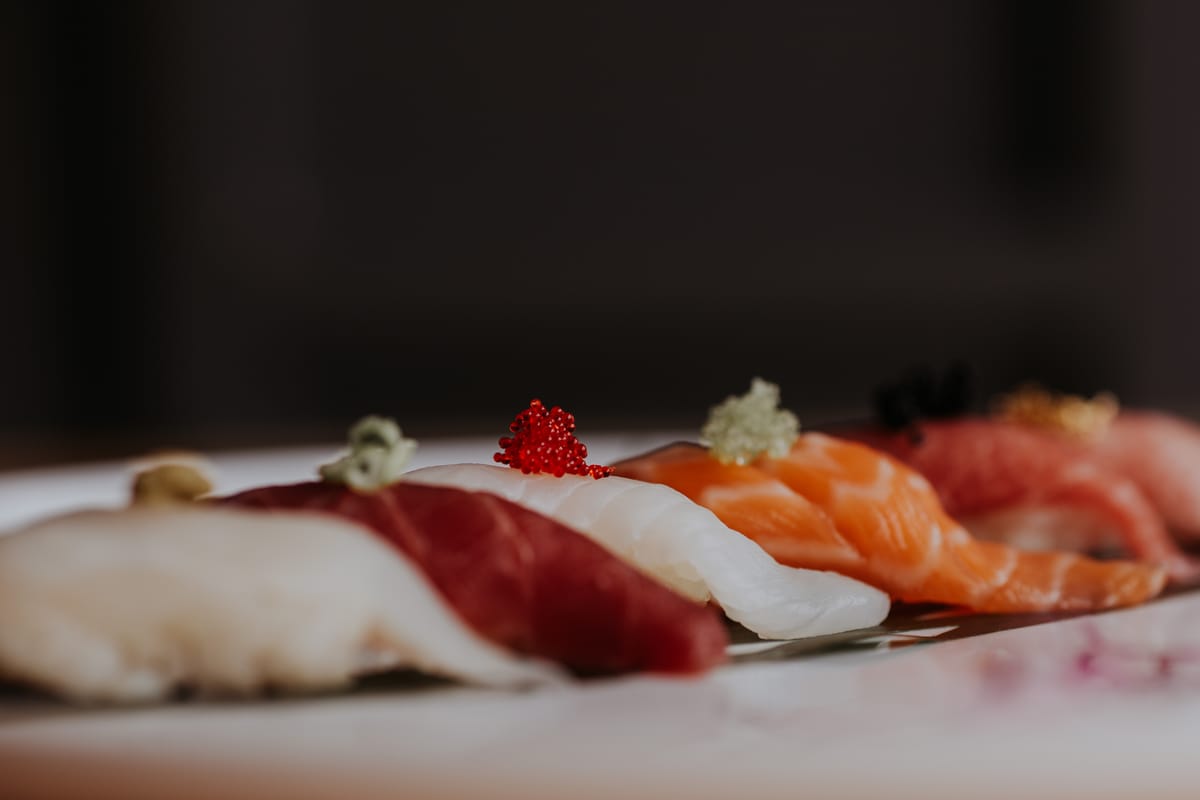
In 2013, Chef Jeff Chanchaleune launched Kaiteki, a ramen truck that was born of his love for Japanese food and culture. While he’s well-known now, at the time, he was a young Lao kid, who, according to his recollection, was just trying to find his way.
“After my parents sold their business, I had to get a job that paid,” Chanchaleune says. Now the owner of Ma Der Lao Kitchen and Bar Sen, he began his career in the dish pit of a Japanese restaurant at 16. “I took a job at Sushi Neko, and I fell in love with every aspect of the food and culture.”
From that point, he did what he’s always done: read, experiment, taste, travel, watch, ask — digging into the food and following his natural curiosity. It’s a practice that has garnered him three James Beard nominations, including two finalist runs. The more he studied, the more he believed he could make Japanese food work in Oklahoma City.
We are currently watching a wave of high-end Japanese food roll into the state, and it will crest at some point, as all waves do … but for now, we get to enjoy the process of exploring a variety of Japanese dishes from different traditions. Chanchaleune is due much of the credit for preparing the way for local diners to embrace this trend that is finally arriving in the metro after reshaping the culinary scene in cities around the country.
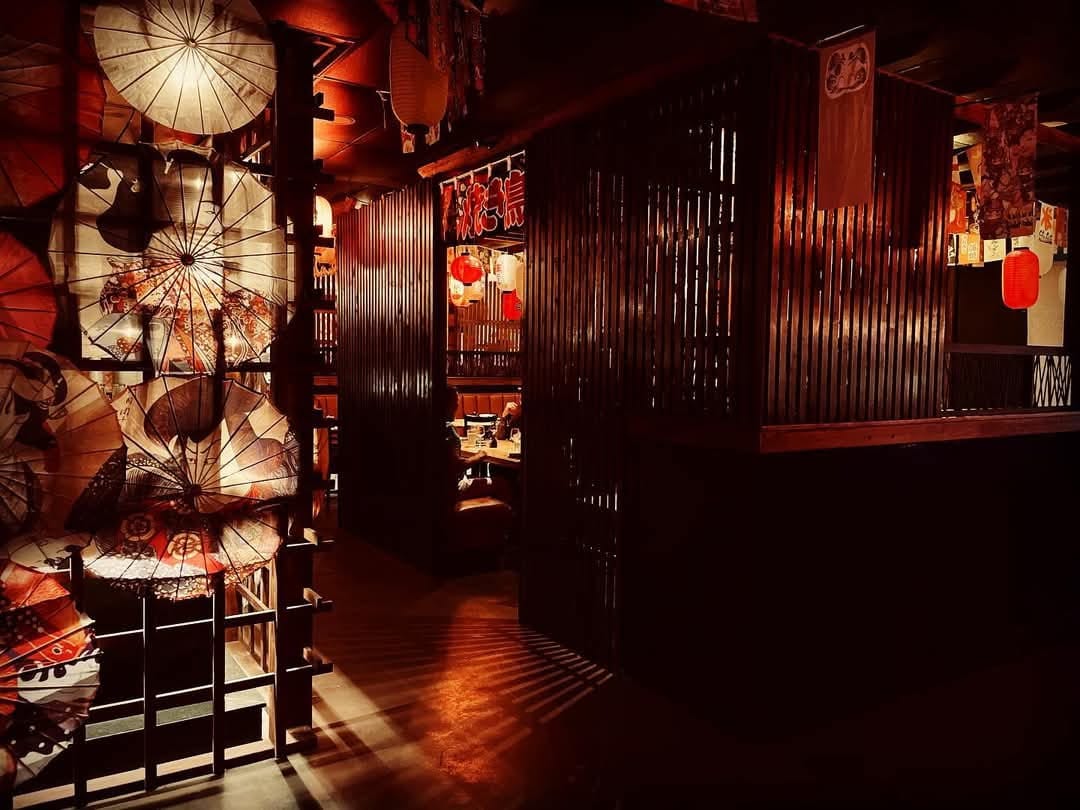
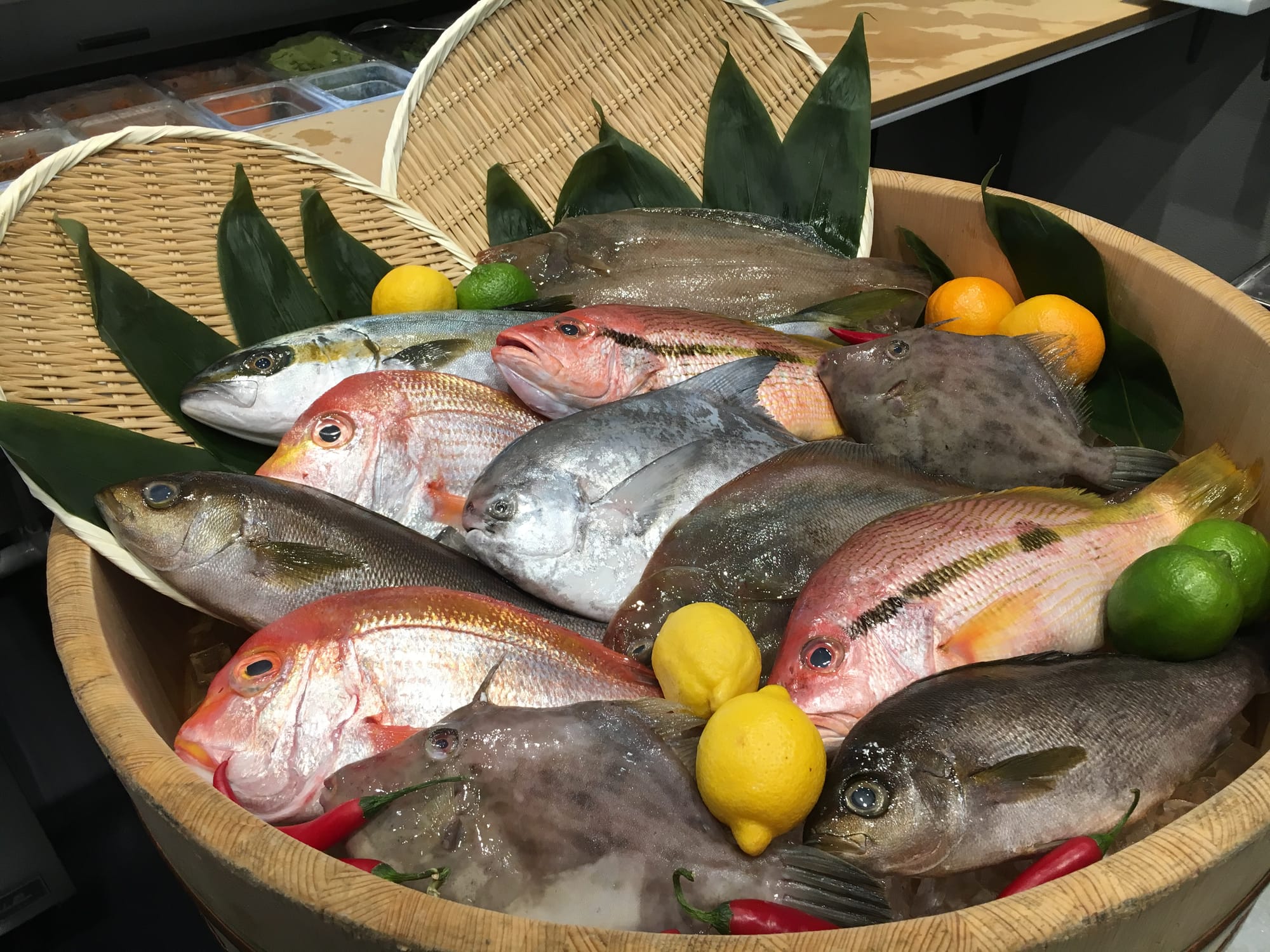
LEFT: Awaji. RIGHT: The fish program at Kanji
“When I started Kaiteki, OKC only had sushi and hibachi, so ramen was relatively unknown except for one common version,” Chanchaleune says. “The food enthusiasts were excited about it, but I still had plenty of people walk up and say, ‘I can get a bag of this for 20 cents at Walmart, so why are you charging 10 dollars?’”
That sort of gap in understanding how things work has bedeviled restaurateurs probably since Romans set up outdoor grills to make street food in the Empire. It’s the modern version of “Why would I give you a drachma for a squab when I can kill my own for free?” And Chanchaleuene did what he always does: He educated the guests.
“I explained that the noodles were handmade in L.A., told them who David Chang is, talked about the process of slow-roasting pork belly, explained curing, just tried to fill in the gaps,” he says.
And then came Goro, and finally Gun Izakaya. The two partnerships with Rachel Cope’s 84 Hospitality, combined with the arrival of Okinawan ramen in the form of Tamashii, altered the market, both in terms of food options and the perception of Japanese cuisine. In culinary time increments, Gun was the best restaurant in Oklahoma City for what feels like five minutes, especially to those of us who still feel its absence like grief in our bellies.
Gun Izakaya — with its beautiful mural by Juuri, gorgeous woodwork, the smells of yakitori and yakimono, the zip of the Japanese highballs and the magic of karaage chicken and matcha donuts — was the last component in opening our city’s eyes to what Japanese food could be and where it could take us. And then the pandemic.
Chef Richard Ly’s Awaji Izakaya resuscitated the trend post-COVID. Fresh off his stint as the opening chef for Jimmy B’s, he took a chance on a spot in the far northwest quadrant and built the now popular spot in 2024. The success of Goro and Gun made it possible for him to open an izakaya without explaining what the word means, unthinkable in 2013.
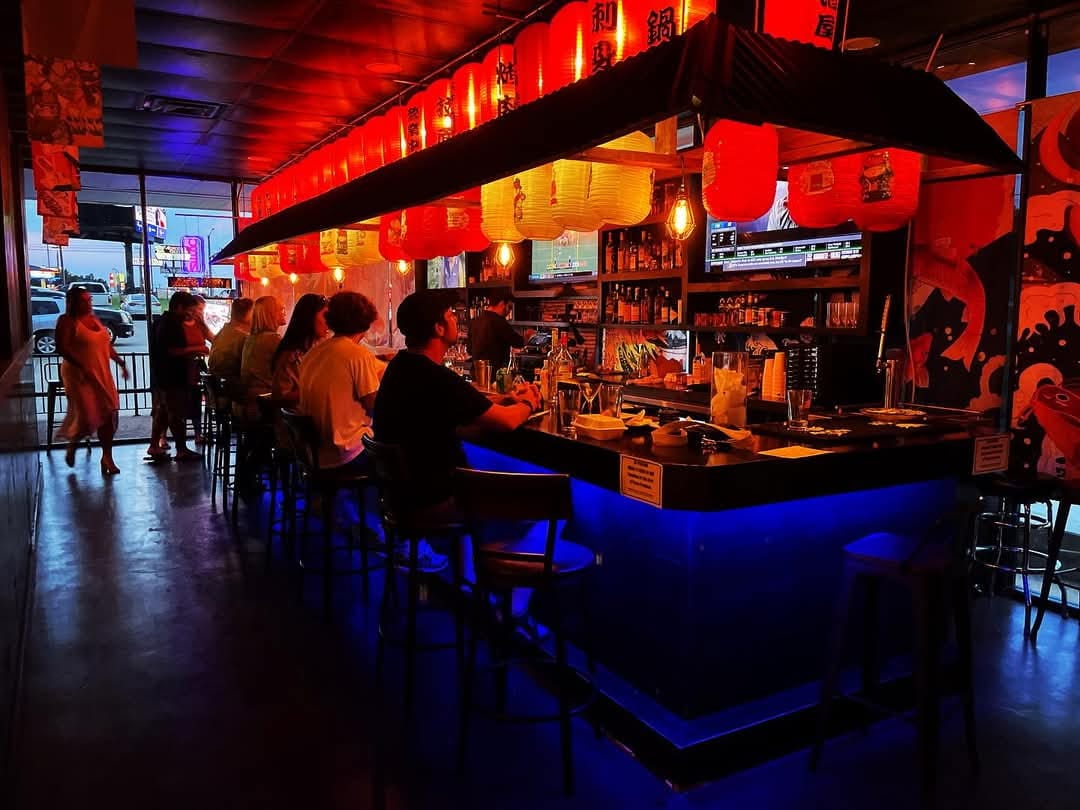
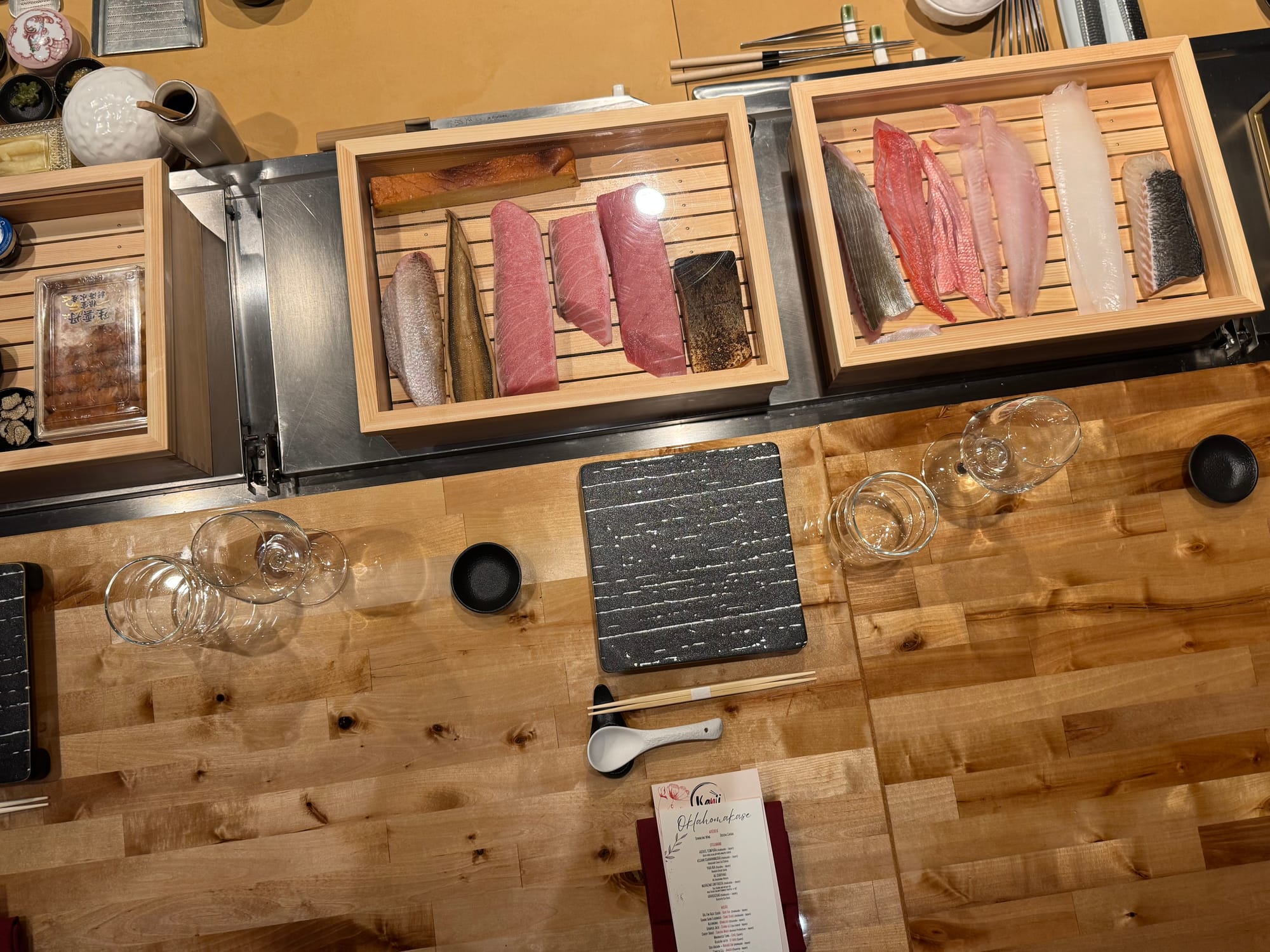
LEFT: The bar at Awaji. RIGHT: Specialty fish for Omakase at Kanji
“I actually came to Oklahoma City in 2013 to work for Cafe Icon,” Ly says. “I brought rolls and recipes with me from Dallas, where they were years ahead of OKC in their acceptance of upscale Japanese food, including places like Uchi.”
Uchi expanded into Dallas from Austin, where it opened in 2003, a full decade ahead of Oklahoma City beginning to experiment with ramen. Ly arrived in Oklahoma, distressed to learn that the state was still smitten with cream cheese and fried rolls. Even as late as 2017, a popular sushi spot (now defunct) offered a dozen rolls at its soft opening, all of which contained cream cheese, or were fried, or both — not exactly the best iteration of fresh, Japanese cuisine.
“I have a few of those on the menu at Awaji,” Ly admits. “I wanted to open without any of that, but you have to give customers some of what they’re familiar with while leading them to new and better choices.”
Enter Viet Pham and Akai Sushi in the Wheeler District. Pham, a Minneapolis transplant, opened his stunning high-end Japanese restaurant last year, and it’s full most nights, and includes a stellar bar program, high quality fish selections, creative recipes, beautiful plating and an interior that oozes sophistication and elegance. It’s modern and traditional in the best way, and it signaled a shift in OKC’s palate and willingness to pay for great Japanese food.
This year has already given us Takaramono in the Plaza District and Kanji on N. Penn near 150th, and we’ll see the arrival of Nazo in the Ludivine 2.0 space on NW 10th and Ly’s second spot, Kaizume by Awaji on NW 23rd near Classen, before the year ends.
Industry analysts who track trends attribute this rise in upscale Japanese to several factors, and surprisingly, rather than disparage Gen Z — too popular when assigning blame these days — the younger generation gets credit for helping drive this trend. It’s a combination of them seeking out fresh, healthy options and their obsession with TikTok, a platform bursting with food porn. Ly and Pham both noted that another factor in the surge in interest has to do with finding gaps in a city’s food scene and then filling that with great options. On the same track, successful companies are now looking to expand into Oklahoma City and Tulsa because real estate is affordable, growth is nearly guaranteed for now, diners are hungry for what’s new and we do have legitimate gaps in our dining options like any city of our size. That’s great news for adventurous eaters and good news for those as yet unconverted.

